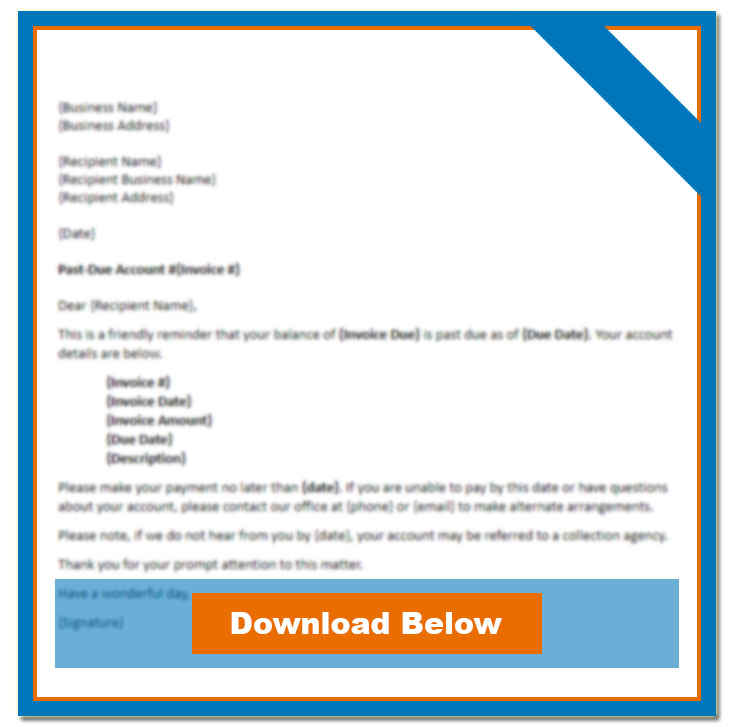Collecting debt is an essential, but often unpleasant part of running your business. You need money to thrive and grow, and customers must pay in order to make that happen.
One of the essential components of any debt collection campaign is a debt collection letter – also called a demand notice. With this simple, but effective tool, you can reduce outstanding accounts receivables, cut collections costs and recover the money you’re owed faster.
Sending a debt collection notice can help you and your customers in a few ways:
A letter is a much less time-consuming way for your AR team to communicate with customers, so they can be more productive. Plus, it helps you cut down on collection fees.
It’s human nature to be skeptical, especially when someone calls saying they owe money. This allows the customer to see the charge for themselves, giving more authority to your demand.
The last thing your customers want is to be sent to collections. A letter allows them to take care of what they owe before that happens.
So what should you look for in a collection letter template?
There are a few things that need to be included in any pre-collection letter. Some key elements are:
Often the customer simply had forgotten to pay or needs to be reminded of their obligation. Including all the facts will remind them what they owe and why so they are more likely to resolve their debt.
If you have it, include references, documentation or evidence backing up your claim, such as:
This will help to proactively address any potential disputes while making it clear what the customer owes and why.
The next step is to actually ask for payment.
While it seems simple, many businesses miss this step – and guess what? If you don’t ask your customers to pay, they won’t.
Ask for the amount that’s owed in a clear, straightforward way. Don’t hedge or ask if they’d like to pay politely – often people take this politeness as permission to ignore you. Instead, be clear and stick to the facts.
Including these in your letter not only gives your debtor a clear understanding of what is owed, but also a cut and dry payment date. They know exactly what is owed, why, and when they must act. They also know exactly how to pay you, when they are ready.
Giving them an exact date rather than a time frame to pay is important because people will remember a specific date. If they have 30 days to pay, that time will go by and they will have forgotten all about the issue.
This will depend on your business, but it’s important to make sure that the customer is aware of what your next steps will be if that debt is not paid by the date given.
Examples of consequences include:
No matter what your next steps are, the customer needs to know what will happen if they don’t act. This gives them more motivation to get the bill paid as soon as possible and ensures they aren’t surprised when those consequences happen.
For example, don’t say you will sue someone if you have no intention of starting a lawsuit. And don’t add late fees if they didn’t agree to them in their contract. This will only create more problems for you down the line.
When sending a collection letter, there is one more thing to consider: tone.
*The information provided on this website does not, and is not intended to, constitute legal advice; instead, all information, content, and materials available on this site are for general informational purposes only. Information on this website may not constitute the most up-to-date legal or other information.



